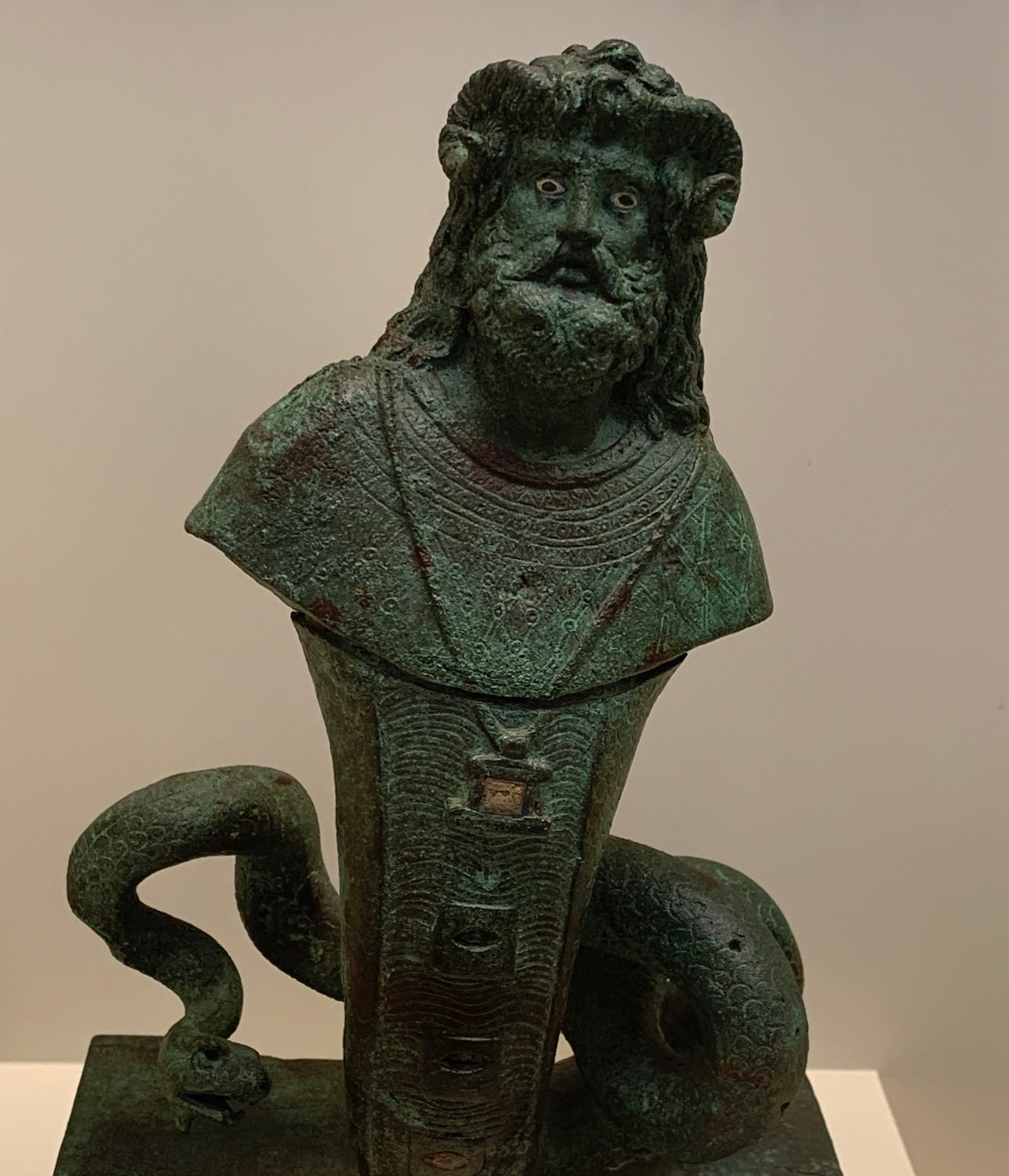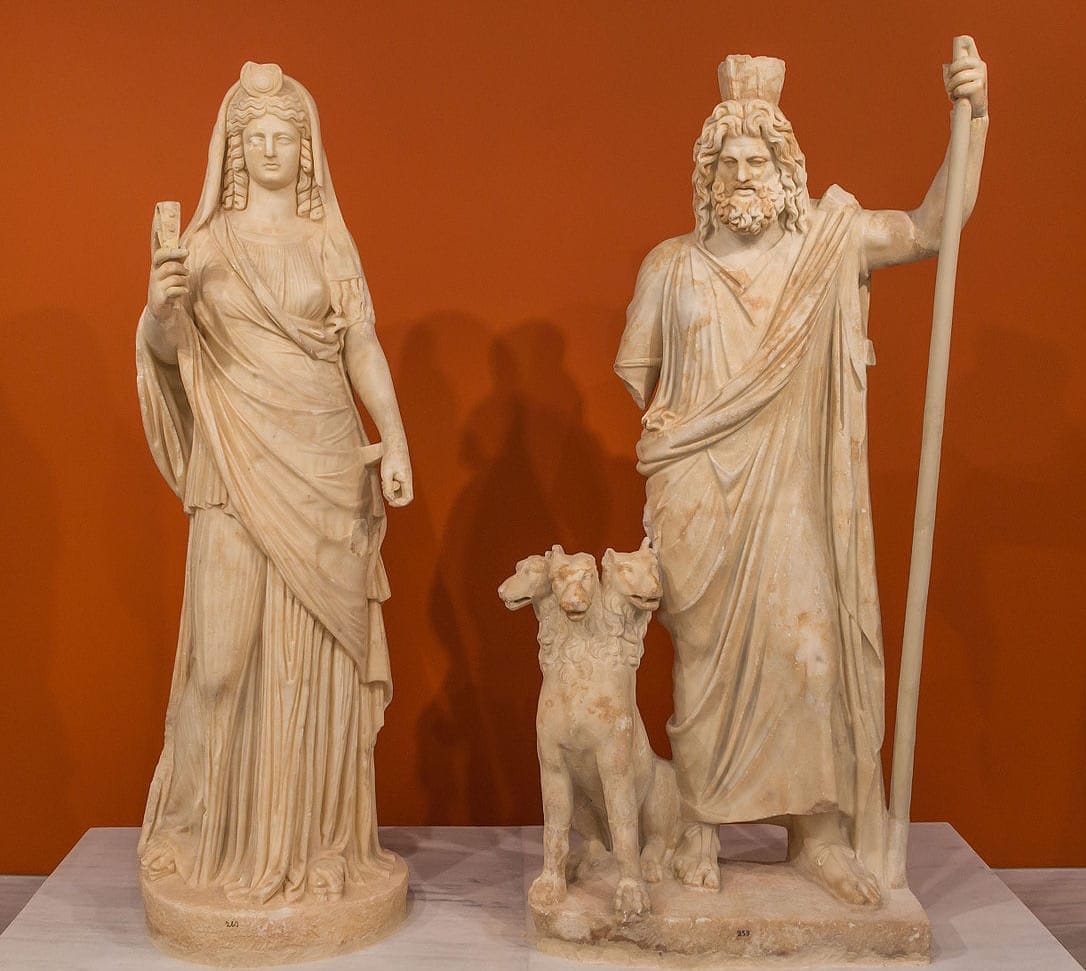All religions borrow from each other: the odd case of Serapis

Many religious believers refuse to accept that their religion borrows from other religions, or even that it can evolve. For example, Judaism arose from ancient Canaanite religions and has continued to evolve, the ancient Egyptians and Greeks borrowed from all over the place, and Jesus Christ did not arise out of a vacuum. He represents a fusion of ideas from Egyptian, Greek and Jewish theology. Why does this idea horrify some Christian apologists so much?
Of course, syncretism (fusing religions) doesn't always work. Serapis is a classic example of how a religious propaganda campaign from before Jesus Christ didn't really work. After the invasion of Egypt by Alexander of Macedon in 332 BCE, the new "Greek pharaohs" intentionally fused Egyptian and Greek theology in an effort to unite the two cultures. During the subsequent reign of Ptolemy I Soter, and later pharaohs, Serapis grew in popularity, but only with the occupying Greeks in Alexandria and then the Romans. Native Egyptians were resistant. In the picture of Serapis below, that's a sacred cobra at his feet, a symbol of royalty and the divine.

Imposing one's own religion on other people almost never goes well. While Osiris could be associated with Dionysus, Isis with Demeter or Persephone and Horus with Apollo, this wasn't enough, so Serapis was designed to be a brand new creation, a hybrid god combining Osiris/Apis and Zeus (literally in the rare image up top) and with other gods (below). He was a savior, a healer, a sacrifice, and most importantly, he appeared in a relatable human form, similar to how Siddhartha Gautama (the Buddha) and Jesus Christ were intended to "humanize" Hinduism and the Jewish/Greek worlds.
In the statues below, that's Persephone/Isis on the left, Cerberus in the middle and Hades/Serapis on the right.

Similarly, early Christianity borrowed from Egyptian theology - for example, Horus' birth (here) and from Greek theology - for example Serapis (look at those Jesus curls), as well as Hermes, Asclepius and other gods, and Homer's Odyssey (here).
Christian apologists argue that Jesus and Serapis have nothing in common, that the multiple Horus incarnations are different in kind from Jesus' incarnation and that Isis was not a virgin so she couldn't have had a Virgin Birth, but this seems awfully literal minded. These were all popular mythological ideas that different cultures freely adopted and transformed to suit their own goals. Or, as I believe, we are making it all up as we go along.

